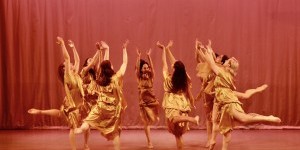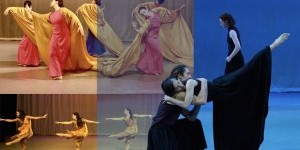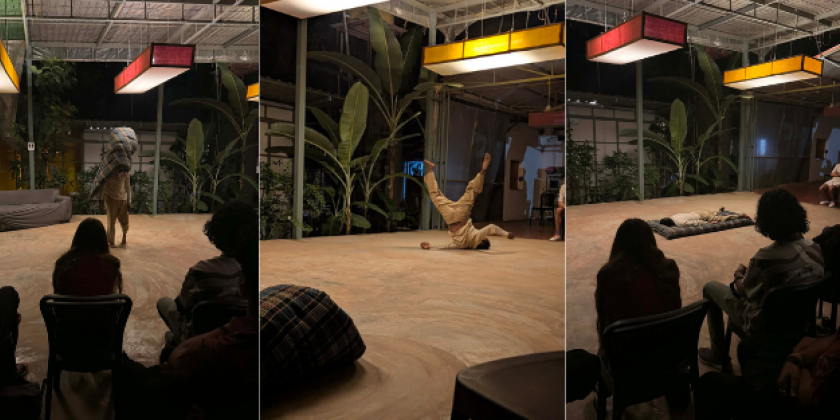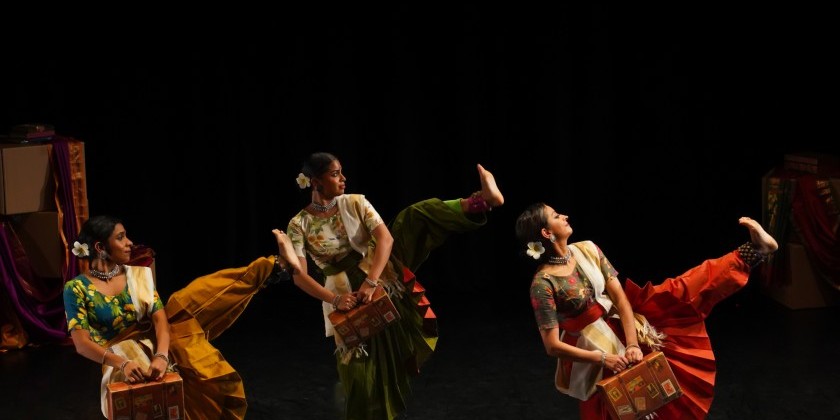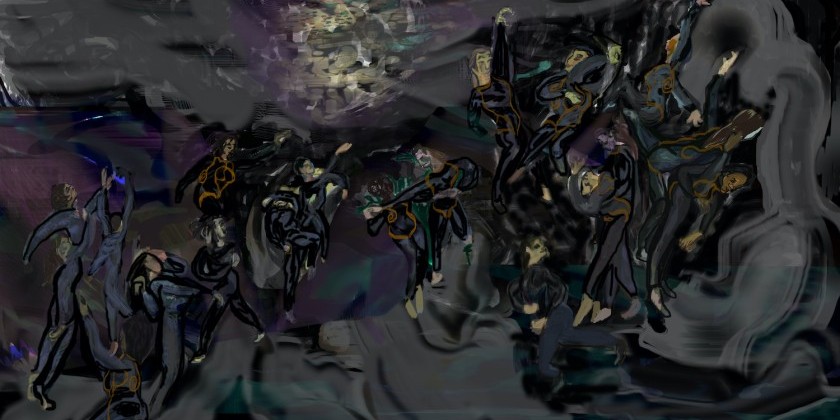AUDIENCE REVIEW: Brian Brooks Moving Company and Camille A. Brown & Artists
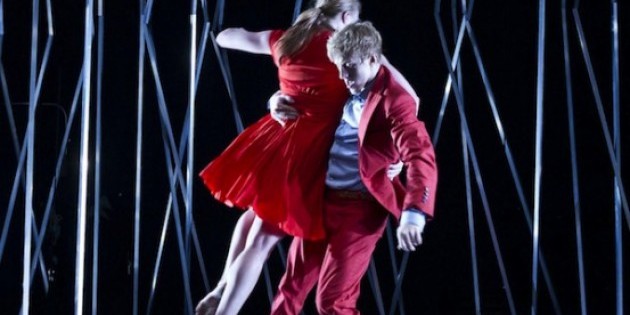
Company:
Brian Brooks Moving Company and Camille A. Brown & Artists
Performance Date:
01/09/2013
Company / Show / Event
Brian Brooks Moving Company and Camille A. Brown & Artists
Performance Date
01/09/2013
Venue / Location
The Joyce
A bit about you:
(your occupation, the last time you moved, your website, etc.)
Please visit me at erinbomboy.blogspot.com
Freeform Review:
Brian Brooks Moving Company and Camille A. Brown & Artists at The Joyce: Let Them Entertain You
FOCUS Dance, at The Joyce through this weekend, features a veritable buffet of American dance companies and choreographers. Handpicked by this year’s curator—Jodee Nimerichter of the American Dance Festival—Brian Brooks Moving Company and Camille A. Brown & Dancers are two of the companies performing from this stimulating line up.
Showcasing a solo, duet, and group piece, Brown and Brooks seem an unlikely pairing at first glance. Brown works within a framework of high theatricality and athleticism partnered with a conspicuous animation. Brooks, on the other hand, favors a formalist approach; he turns his eye toward crafting arresting images through carefully developed physical motifs. It’s a good fit though, alternating between Brown's freewheeling transparencies in the first half of the program and Brooks' tidy articulations in the second. Both Brooks and Brown seem energized by the fundamental concept of choreography—moving bodies through space to music—so energized in fact, they perform in much of their own work, stamping their pieces with a personal autograph.
Brown finds much to plumb in stripping away the artifices of performance. The opening number, Been There, Done That, features she and partner Juel D. Lane jiving their way through a vaudevillian swing number. Bantering vocally, they perform tricky Charleston foot maneuvers interspersed with partnered moves from the Jitterbug. For as smooth as their moves look, Brown and Lane's bickering reveals the undercurrent—sometimes archly hilarious, sometimes overly candid—of blatant push and pull that characterizes every dance partnership.
.jpg) |
| Camille Brown; Photo by Kimara Dixon |
Things take a darker turn in The Real Cool, a solo performed by Brown to an instrumental version of “What a Wonderful World” by Bob Theil and George D. Weiss. Wearing a drab colored suit with white gloves, she begins center stage, legs planted wide. Gesticulating with a disjointed, puppet-like dynamic, Brown lays bare the psyche of a performer. Self-flagellation, pandering grins, and in one instance—the miming of climbing up a rope—highlight the sometimes soul selling price a performer pays to be in the spotlight.
Brian Brooks gives a master class to budding choreographers everywhere on how to develop a theme successfully. Like a jeweler, he takes a gem of an idea, examines it from multiple perspectives, and then crafts a compelling movement thesis. His choreography is sticky, shapes—simple, but striking— lodge themselves in your memory. He uses repetition, but only to reinforce salient ideas, never because he doesn’t know what to do next.
(1).jpg) |
| Brian Brooks -Photo by Christopher Duggan |
In I’m Going to Explode to music by LCD Soundsystem, Brooks—clad in a businessman’s gray suit, dress shirt, and tie—sits in a chair and carefully takes off his shoes and jacket before methodically traipsing to the other side of the stage. Arms held like stiff pokers, he begins to pump them back and forth metrically, at first slowly, then with increased rhythm. He begins to add rotations of the torso, before evolving into more complex turns and drops to the floor achieved by rolling over his metatarsal. The actions are staccato, but Brooks traces smooth arcs across the floor, giving the piece an appearance of controlled convulsions. Premiering in 2007, I’m Going to Explode was choreographed before the Great Recession, yet you may feel that Brooks has tapped into the frustrations of businessmen everywhere.
Brooks' choreography, while firmly in the arena of dance, is never dance-y. Even Wendy Whelan, performing with Brooks in Fall Falls, just looks like a gifted mover, not the world famous ballerina she is. Brooks instigates a flurry of swirling turns and whirling rotations by briefly touching and manipulating Whelan’s elbows, wrists, and shoulders. Crystalline moments of photographic beauty—a penche (an action in which the body and one upraised leg tip forward like a see-saw) or a dip—pepper this tidal wave of sinuous commotion.
Also on the program is Brown's City of Rain, a piece for seven dancers clad in unfortunate chocolate and baby blue colored costumes with armpit cut outs, which checks all the boxes of every modern dance piece in the book. The movement—punchy and athletic with legs hooked in attitude turns, bowing arms, and body ripples— is entertaining enough, but the dancers, who have no discernible relationship to each other or any reason for being there, often stop to gaze meaningfully into the distance before picking up again, unexplained angst etched across their face. Brooks offers Descent, a work brimming with intriguing vignettes—in the best one, dancers perambulate across the stage, keeping a rectangle of diaphanous chiffon aloft by waving a slab of dark cardboard. Descent's only drawback is Adam Crystal’s lifeless score. Its tinkly piano music with percussive accents registers as too thin to support Brooks' robust vision.





